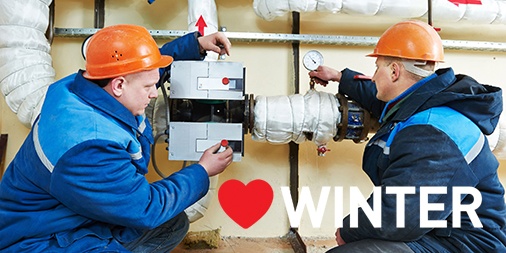When selecting and designing a trace heating system, different aspects such as cost, reliability or efficiency are often some of the first criteria to come to mind. But one of the most important aspects of this decision includes choosing which sensing method to rely on. Factors that can influence which sensing method is best for your application including whether or not the system is required to be controlled based on ambient or pipe surface temperature.
In the realm of sensing technology, there are three typical methods for temperature sensing control. These include ambient sensing, line sensing and PASC sensing.
- Ambient sensing measures the environmental temperature for simple on-off ambient temperature control. Ambient sensing is more energy efficient than self-regulating control alone, as the heating circuit is only energized when the temperatures drops below the set point. Ambient sensing is the most common type of control for freeze protection applications and the control device can be either a mechanical thermostat or electronic controller.
- Line sensing offers the most accurate control for narrow temperature band applications. Line-sensing control is based on pipe/equipment temperature. With this option, each flow path has a separate circuit controlled by a mechanical line-sensing thermostat or electronic controller. The control unit turns on the heating circuit when the pipe temperature descends to the desired maintain temperature. The same cost-benefit trade-offs between electronic and mechanical controllers should be made for line sensing applications. An electronic controller with monitoring and alarm features is recommended for critical pipe systems.
- Proportional Ambient Sensing Control (PASC) provides energy efficient ambient sensing temperature control. PASC uses an electronic controller to sense ambient temperature and continuously adjust the controller’s duty cycle to provide the heat tracing power needed for a piped system. PASC helps predict the effect of changing ambient conditions on piped systems using a complex duty cycle algorithm, which calculates the cycle time that heating circuits will be energized in order to maintain the desired temperature, achieving lower energy consumption. By continuously measuring ambient temperature and determining appropriate cycle times for energizing heating cables, PASC is able to automatically adjust to the correct heat-tracing output and provide users feedback via alarm relays.
Knowing the different methods of sensing can help keep processes that have strict temperature control requirements in check and protect against damage from freezing winter temperatures in the most energy-efficient way possible.


